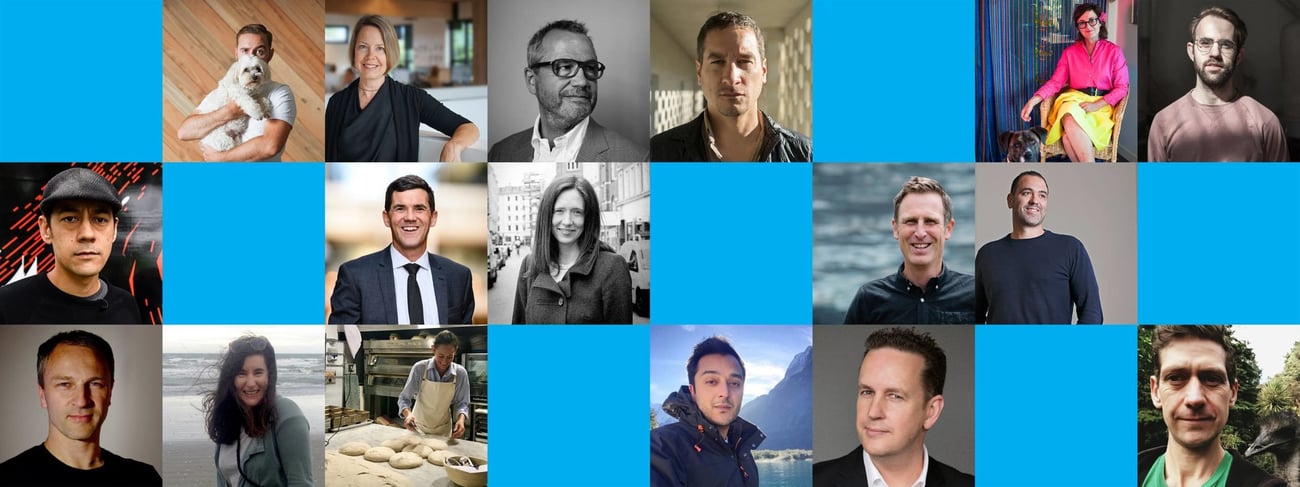
Held in Sydney, Brisbane, Melbourne and Wellington, OFF Grid was the second international event from the Society for Experiential Graphic Design (SEGD) – a multidisciplinary community connecting people to place.
This year’s theme was around exploring Experiential Graphic Design (XGD) and the city. With more and more people choosing to live in cities what makes cities experiential? OFF Grid explored the city through people, story, culture and brand, and asked…what is it that connects people to place? The two days in Wellington were split into four sections: Design and the city, Storytelling and the city, Technology and the city, and Brand and the city.
Day one at OFF Grid Wellington kick started at Wellington Zoo. Attendees were able to explore and meet the locals followed by a warm welcome from Karen Fifield from the Wellington Zoo Trust. The first panel discussion of the day was “What makes a city experiential?”.
The panelists provided in-depth views and perspectives of best practice from around the world which included the United States, Canada and Europe. The one thing we really admired about the OFF Grid conference was how it was set up to allow for attendees to explore Wellington city during the conference. Attendees were encouraged to walk from one venue to another taking in what Wellington had to offer and what makes Wellington such a cosmopolitan city.
Other presentations throughout the day included a presentation by NEC on using technology to track everyday city activities with sensors strategically located throughout the city. Mayor Justin Lester presented “This makes my city experiential” in a grungy alleyway located in Leftbank and case studies were presented on how old and derelict buildings were converted into thriving and bustling businesses in Wellington. The day ended with local music performances from ReCut and tasty food samples from a local Mexican restaurant.
Day two featured Johnson Witehira from Made by Johnson as the opening speaker. Johnson presented on how Maori culture and heritage had positively influenced Wellington’s urban and artistic landscape.

Johnson Witehira’s The Land of Tara exhibition in Courtenay Place in Wellington
Method then presented our Auckland Virtual Tours and WQ Smart case studies and how this was relevant and beneficial to the experiential city. We had a great response and feedback from the attendees.

Auckland Virtual Tours by Method
Three workshops were planned for the day which included Urban Design, Street Type Tour and AR Walk. We were fortunate enough to take part in the AR Walk hosted by Maggle Creative, which allowed us to explore Wellington CBD on foot and interact with local artist murals via an AR app. After enjoying lunch on the waterfront there was another panel discussion around the previous workshops earlier on in the day. Panellists went into more detail about studying public life, perspective in urban design, city developments, public artworks and events. Following this was a presentation by Wrestler on how VR could be used in an experiential city and the benefits of using the technology. Attendees were then asked to walk along the waterfront to the Wellington Museum on Queens Wharf, a historic building built in 1892 – where the final three presentations took place.
We learnt more in the two days spent at OFF Grid about Wellington than we’d ever known.
Through the inspiring presenters and speakers we were able to gain valuable insights and knowledge on architecture, urban design, planning, signage, experience design and art. And hopefully we were able to impart some of our own.
This was originally posted on Method’s blog.




